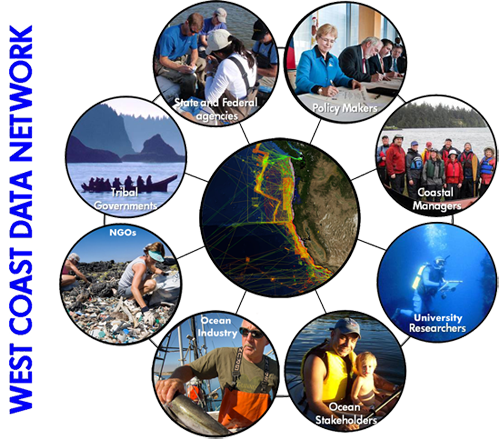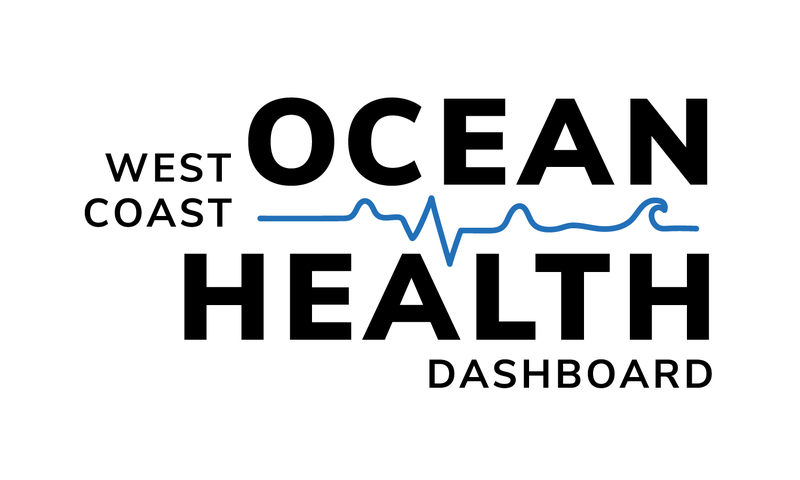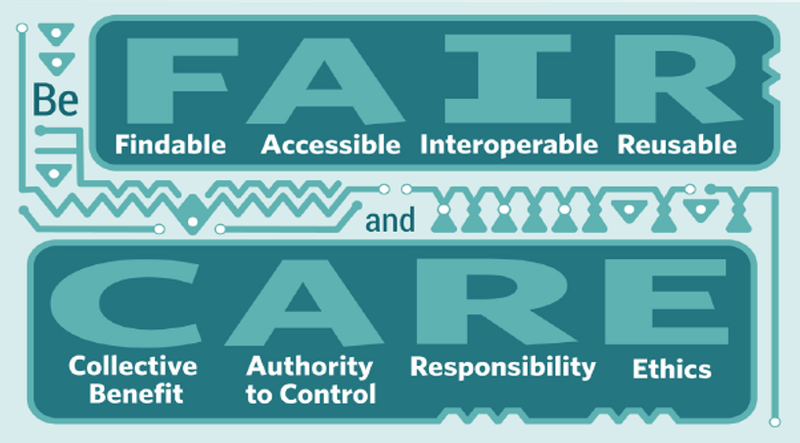Connecting Data Producers with Data Users
The West Coast Ocean Data Portal Network is dedicated to increasing communication between state and federal agencies, tribes, universities, NGOs, and industry to leverage resources for new data collection, develop best data management practices, conduct training, and ensure compatibility of regional datasets.
The West Coast Ocean Data Portal Network is comprised of two working groups: a Coordination Team and a Development Team. Each provides guidance on the Portal activities and ensures we adopt current standards and compatible technologies and communicate our mission and goals effectively. New participants are welcome! To participate in our monthly meetings, please contact us.
Our Knowledge Base includes data sharing best practices, video resources, and communication tools for data producers and users. You can learn more about our Data Catalog (DISCOVER) using this tutorial and our Marine Planner Visualization Tool (VISUALIZE) using this tutorial.

How to Connect Your Data to the West Coast Ocean Data Portal
Our multi-chapter Knowledge Base details how to make your data available to harvest by the West Coast Ocean Data Portal. We harvest various metadata types, including the following: Dublin Core (dc), Federal Geographic Data Committee (fgdc), and International Organization for Standardization iso19115 and iso19115-2.
Data Sovereignty, and FAIR and CARE Resources
Our data portal harvests from Catalog Services on the web rather than holding the data in our servers. This method allows the data producer to customize many data record attributes, including which data is visible and whether data can be downloaded, and points data users back to the data producer.

Contributing Data to the West Coast Ocean Health Dashboard
Connecting your data to the West Coast Ocean Data Portal makes it easier for scientific working groups to include it in developing the West Coast Ocean Health Dashboard indicators.
Each indicator is specifically developed to be easily understood and readily incorporated into policy- and decision-making. Thus, the development of each indicator acts as a nexus to assess data availability and gaps in data collection for the West Coast.

